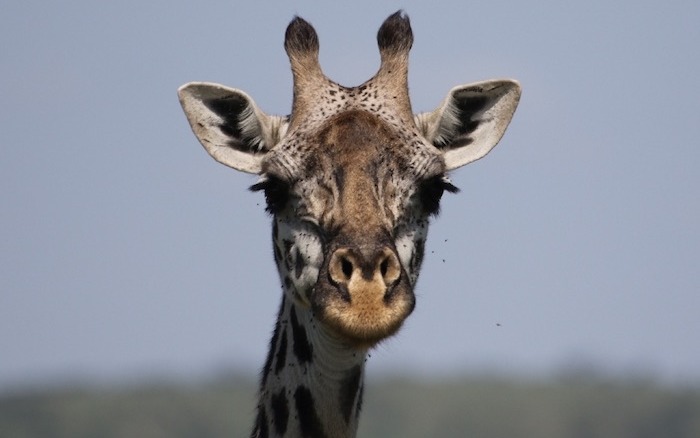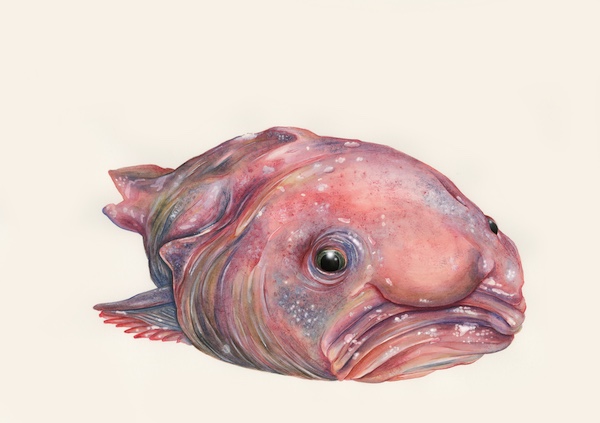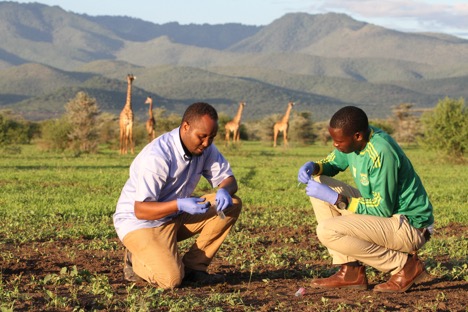Doug Beetle chats with:
Bat rehabilitator
Steph Stronsick

Steph Stronsick. Photograph: Susan Angstadt
Steph Stronsick is Founder and Executive Director of Pennsylvania Bat Rescue, a bat rescue and rehabilitation center located in Pennsylvania, USA. Steph educates others about bats and why they are important.
Doug Beetle: You help sick and injured bats. What injures bats in the wild?
Steph: Bats are the only true flying mammal. Navigating the world can be a bit more challenging for a fast-flying little bat. Many bats come into care with injuries to their wings, such as fractured arms or finger bones. Some have serious head trauma from collisions with vehicles or buildings. Bats are also an easy target for feral cats.
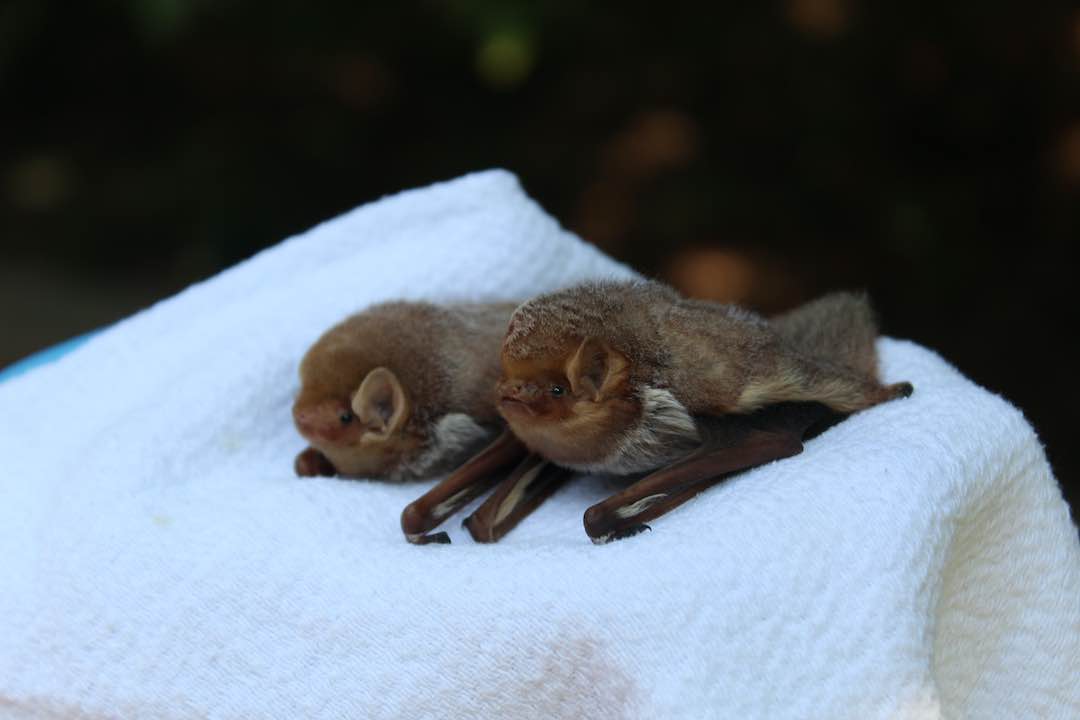
What makes bats sick? Many people think of rabies when they see a bat or hear the word bat, but few bats (less than 1%) contract rabies. Most bats coming into care typically suffer from upper respiratory infections, frost bite, White-nose syndrome, starvation, and dehydration.
Many species of bats throughout cooler regions of North America are dying from White-nose syndrome, a disease caused by a fungus. The fungus interferes with bats during hibernation. Hibernation is a critical survival strategy bats undergo every winter to conserve energy until spring.
Most bat species in North America consume insects. Some bats respond to a lack of food supply in cooler temperatures by migrating to warmer regions, but many bats will hibernate until spring when insects are plentiful again.
White-nose syndrome causes hibernating bats to wake more frequently from hibernation, depleting their fat storage. Bats affected by White-nose syndrome will leave their hibernation site – often a cave or mine – in search of water or food. Many will die of dehydration, starvation, or freezing. Currently, more than 6 million bats have died throughout North America.
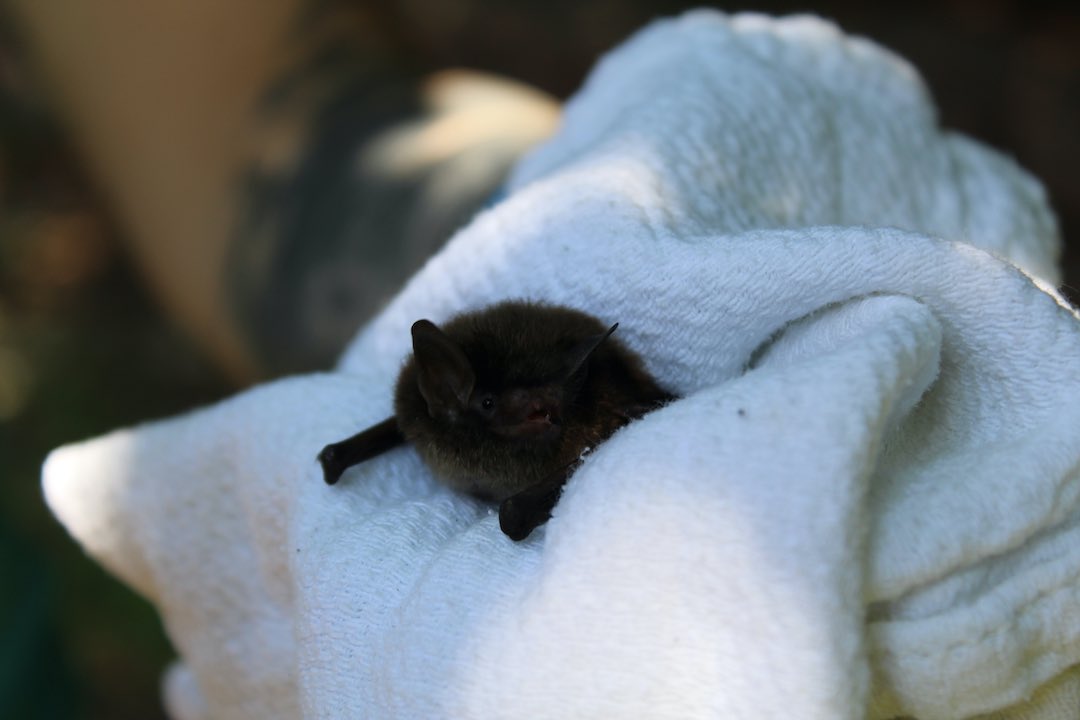
Doug Beetle: What are some of the things you do to help sick and injured bats?
Steph: We provide critical care and treatment for bats coming into our rehabilitation center. They receive daily care. Some young bats or critical patients will receive hourly care.
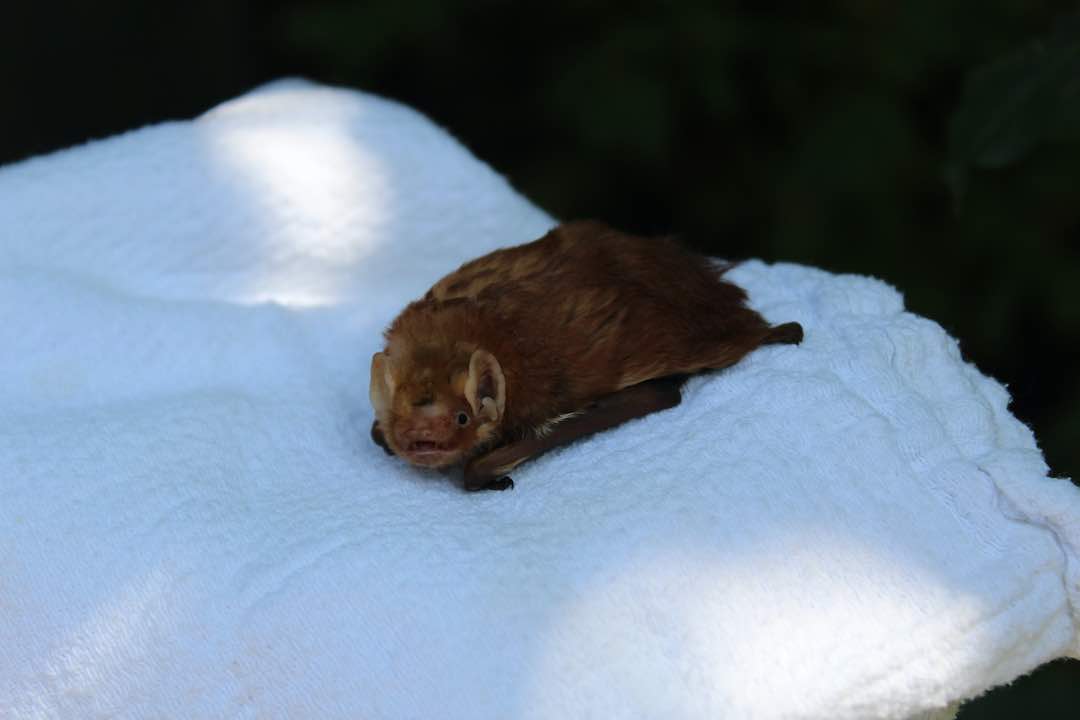
Doug Beetle: How do you care for the bats? Can they be released back into the wild?
Steph: Our bat patients will receive life-saving fluid therapy to aid in rehydration, along with a full exam to determine why they came into care. They are weighed during this time, and checked for any injuries, parasites, and overall body condition.
Depending on injuries and the time of year, a bat may be in care for several months or only a few days. During the winter (late November to early April) bats are overwintered at our rehabilitation facility. We can release our bat patients when spring temperatures are warm enough during the night.
Doug Beetle: People often think that bats are scary and gross. What would you like people to know and understand about what bats are really like?
Steph: Bats are very clean animals, often grooming themselves constantly like a cat. There are more than 1,400 species of bats found throughout the world. They have eccentric facial features and differ a lot from one another.
Not all bats eat the same foods. Bats help pollinate over 500 species of flowers in at least 67 plant families, such as agave, cacao, mango, bananas, and guavas.
Insect eating bats can consume up to 600-1,000 mosquito-sized insects in a single night. Some species such as the Tricolored bat (Perimyotis subflavus) can consume up to 25% of its body weight in only 30 minutes.
Each species of bat is fulfilling its ecological role as a keystone species. Bats are important for the function and health of their respective habitats. Without bats, forests would disappear, and farmers would be faced with increased insect destruction and economic damage.
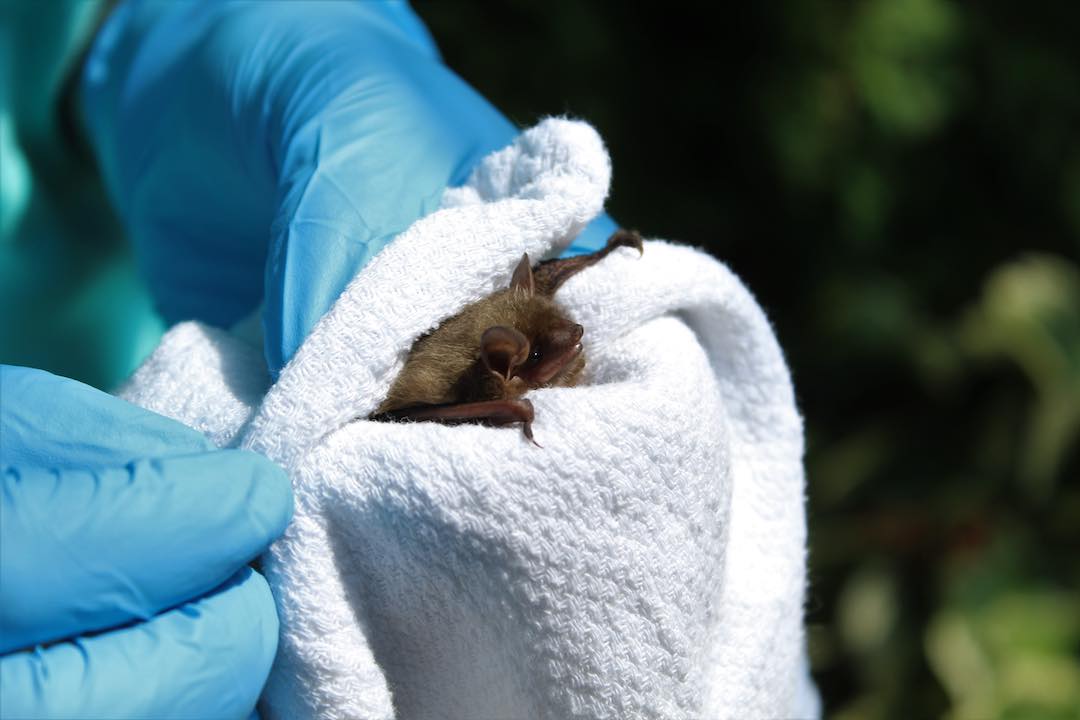
Doug Beetle: What advice do you have for young people who want to learn about bats?
Steph: Learn how important bats are and why they need our help. Their survival depends on you! Teach your parents and friends how amazing bats really are! Attend a bat program, and support organizations that help bats.
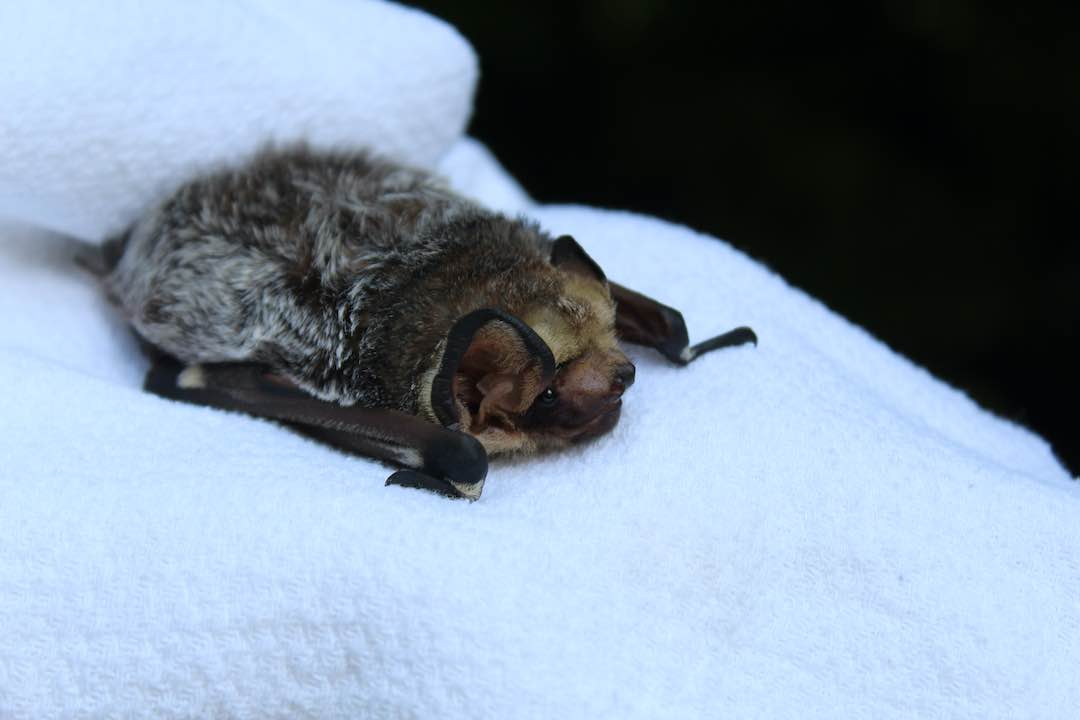
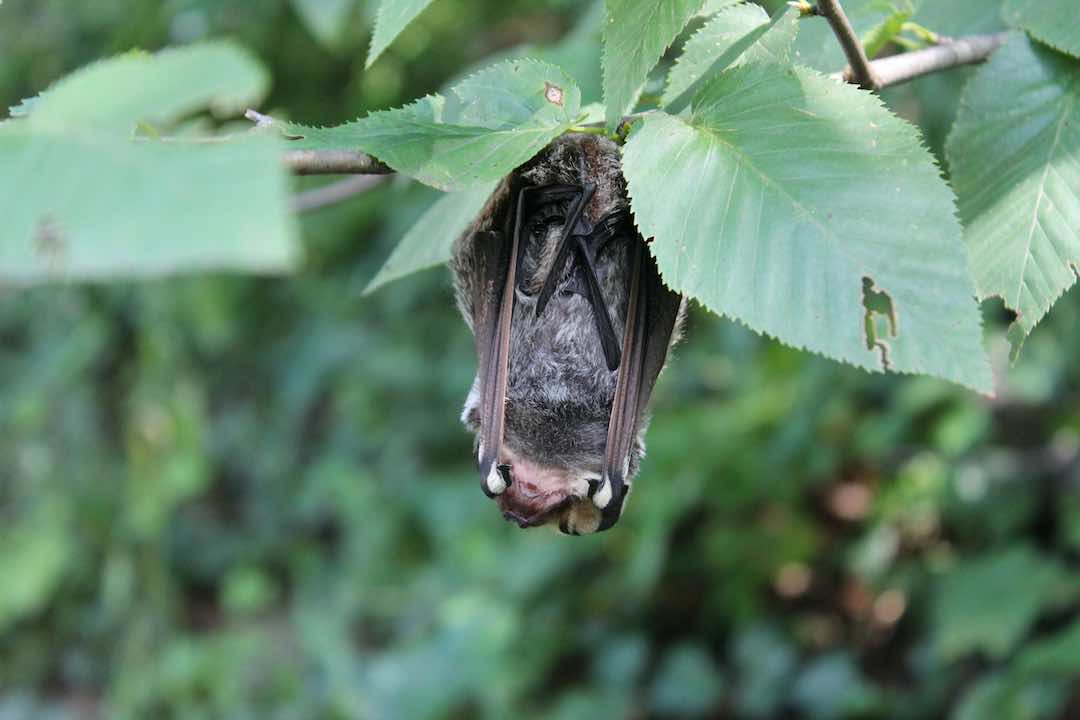
Doug Beetle: What should kids do if they find a sick or injured bat?
Steph: If you find a bat on the ground, do not touch it. Find an adult, and kindly tell that adult to help the bat by contacting a bat rehabilitator.
The bat rehabilitator will talk to the adult about the bat. The rehabilitator can instruct the adult what type of container to use to safely contain the bat without injuring it, and what should be done after the bat is safe. Adults should never release a bat without contacting a bat rehabilitator first.
Bats should not be released in the winter. Bats can sustain small injuries that may not be obvious, so it’s best to ensure the bat receives appropriate professional treatment from a licensed bat rehabilitator.
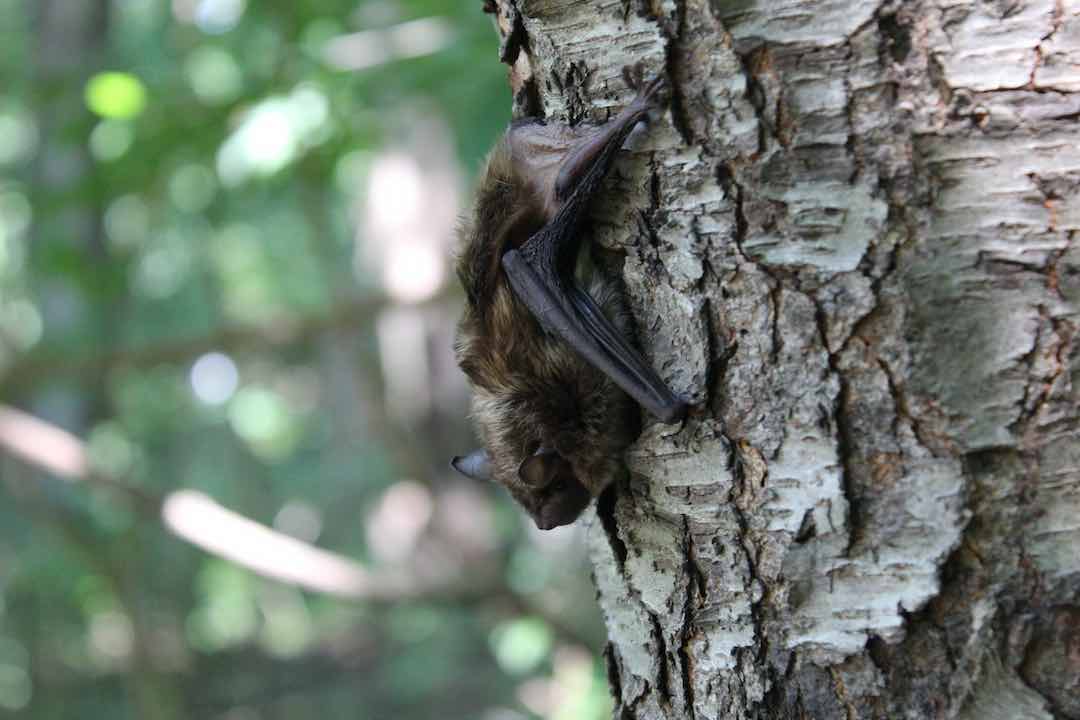
Doug Beetle: What are some good ways that people can help conserve bats in the wild?
Steph: The most beneficial thing people can do for bats is stop using pesticides and herbicides and plant only native trees and flowers. This will increase the diversity of insects that bats eat and attract them to your area. Some chemicals are harmful to us and to wildlife.
Install a bat house, be sure to purchase an appropriate bat house. Placement and installation are key to a successful bat house. Make your yard wildlife friendly and enjoy all the amazing species that thank you for taking care of their habitat.
Bats are our night protectors, consuming huge numbers of insects every year. Now more than ever they need our help! Please learn how amazing and important bats truly are.




